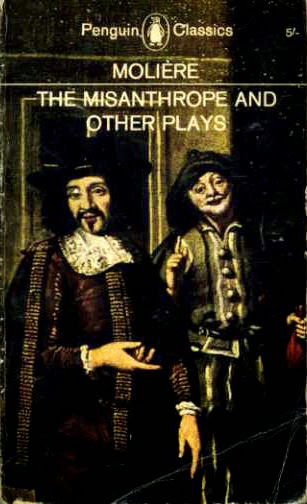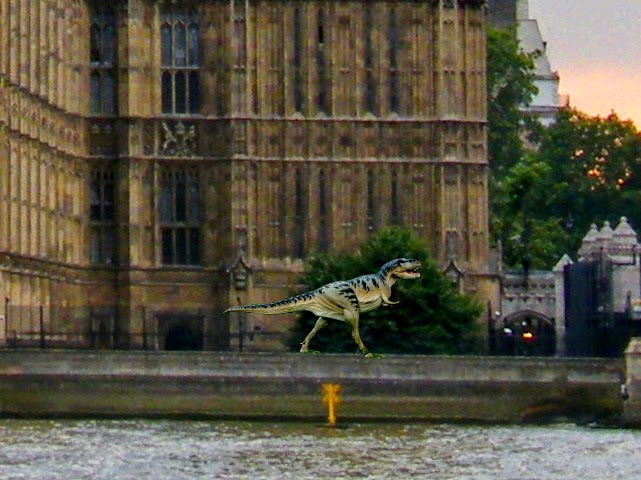 |
| Cover of the Player’s Handbook for the new edition |
So, on Friday night, I played 5th edition with a group of friends, most of whom I've been gaming with for 25 years now. We were playing an adventure published specifically as an introduction to the new rules, in which we took the parts of inexperienced (1st-level) adventurers serving as mercenaries escorting a caravan of mining equipment 85 miles. I chose to portray a cleric of Lliira, goddess of joy. We generated our characters (and our Dungeon Master ran the game) from the basic subset of rules available for free download from the game's official site. (The full ruleset won't be out till November).
Creating a character
Character generation follows the same general pattern that it always has, so I'll just focus on a few things that stood out to me.I was very surprised and gladdened to see that feats have been significantly scaled back to the degree of becoming only an optional rule. Surprised, because I know how popular this feature is among 3E+ players, and gladdened, because feats are one of the things about 3E+ that I like least. Thematically, these powers felt like "superhero-isation" to me—something I'm just not into—and mechanically because of the extra complexity they added to the game and especially to combat. More on this later.
In common with some role-playing systems that aim for more naturalism than D&D traditionally has, 5E makes specifying aspects of a character's background (such as "bonds" to the past) a formal, core part of the character generation process, and attaches a mechanical effect to it in the game. That is, Dungeon Masters can award "Inspiration" to players who role-play in accordance with their characters' backgrounds; and Inspiration can buy advantages to dice rolls during play. I'm not a big fan of this approach: as Jeff Okamoto famously satirised, different players get different things out of role-playing games, and mechanics like these smack to me of telling some of these folks that they're enjoying the role-playing experience incorrectly (and I'm very definitely a "Rôle-Player").
Playing the game
I must say that 5E plays very slick. I'm not above admitting that I feel a certain nostalgic twinge for some of the outright eccentricities of the game mechanics of 1E and 2E, but can't dispute that the refinements made from 3E onwards mostly result in much easier play. 5E continues and extends that trend. For example, saving throws are now completely subsumed into modified ability checks. Likewise, notions of THAC0 (2E) and BAB (3E and 4E) are likewise replaced by modified ability checks. Skills also function this way (as they did when they were non-weapon proficiencies back in 1E and 2E).Modifying various rolls in previous editions was an exercise in adding and subtracting what was sometimes a long list of factors to eventually come up with a number that could be applied to the roll and then compared to a target number. By the time 3E came out, this became so onerous that I routinely opted out of adding in various bonuses that my characters were entitled to, simply because I couldn't be f**ked doing the maths. 5E collapses all this to one question: is your character operating under an advantage or disadvantage in this situation? If your character is advantaged, you roll two dice instead of one, and select the higher number rolled. If disadvantaged, roll two dice and select the lower. There's no question that this results in a loss of granularity, but like I said, I was already past caring, so 5E feels like a breath of fresh air in this regard.
Turning to combat specifically, 5E goes a long way to de-crufting a combat system that, IMHO, had become tedious and almost unworkable. Combat in 1E and 2E was fast and abstract,and 5E returns to that. The range of available actions is vastly reduced, sacrificed to simplicity and speed. I like this very much. Additionally, the emphasis on miniatures that was evident in 1E, absent in 2E, back in 3E, and practically mandated in 4E has been diminished again. The 3E notion of the combat grid is relegated to a variant rule (literally in a sidebar in the basic rules). Goodbye and good riddance! If I wanted agonisingly detailed combat I'd be off playing Phoenix Command or something, not D&D.
















